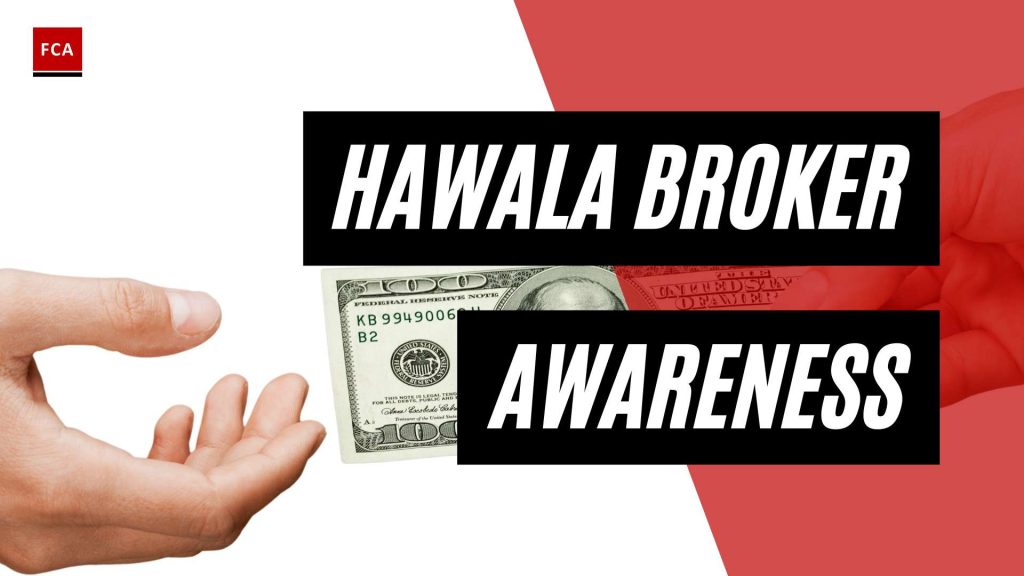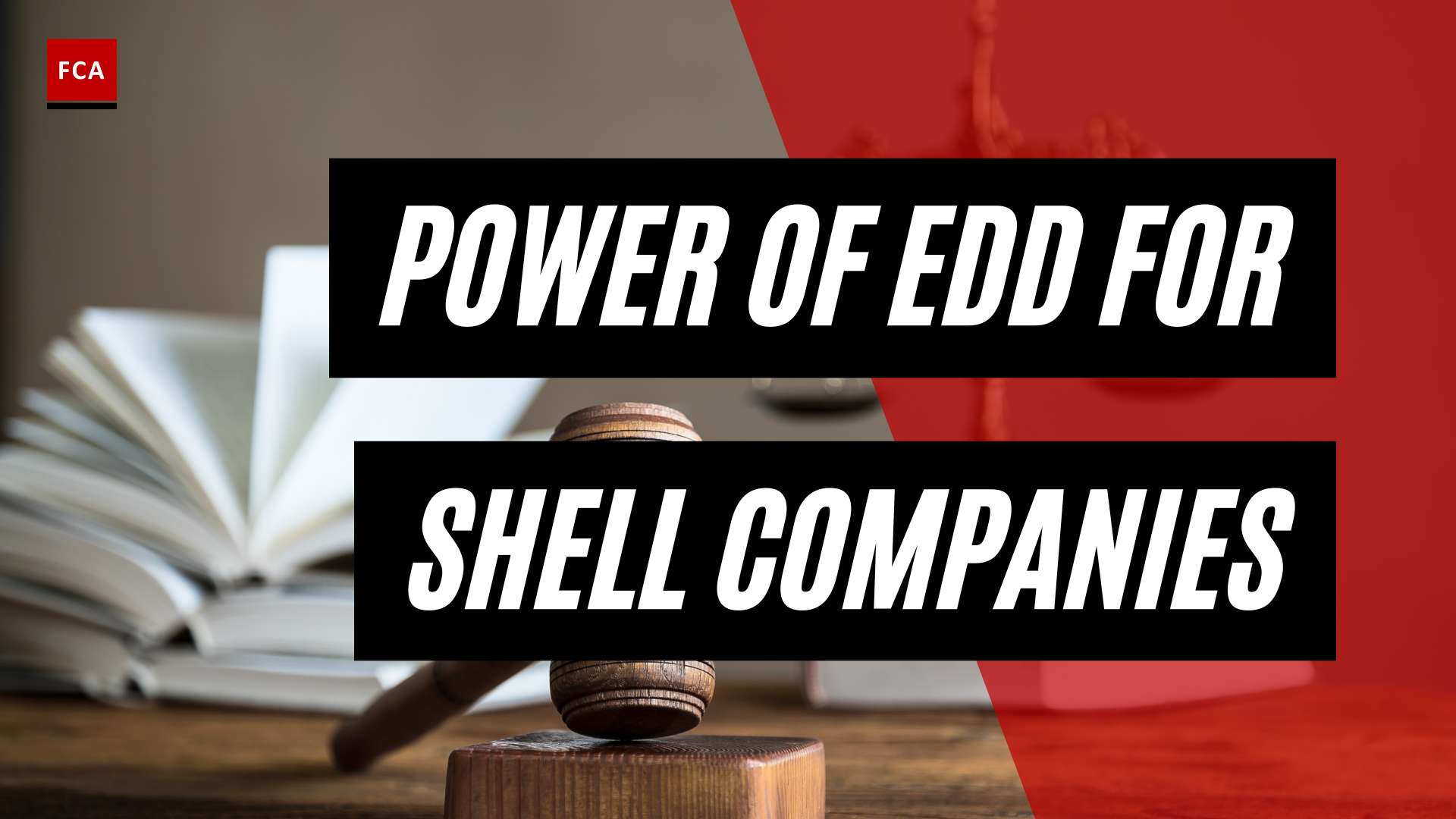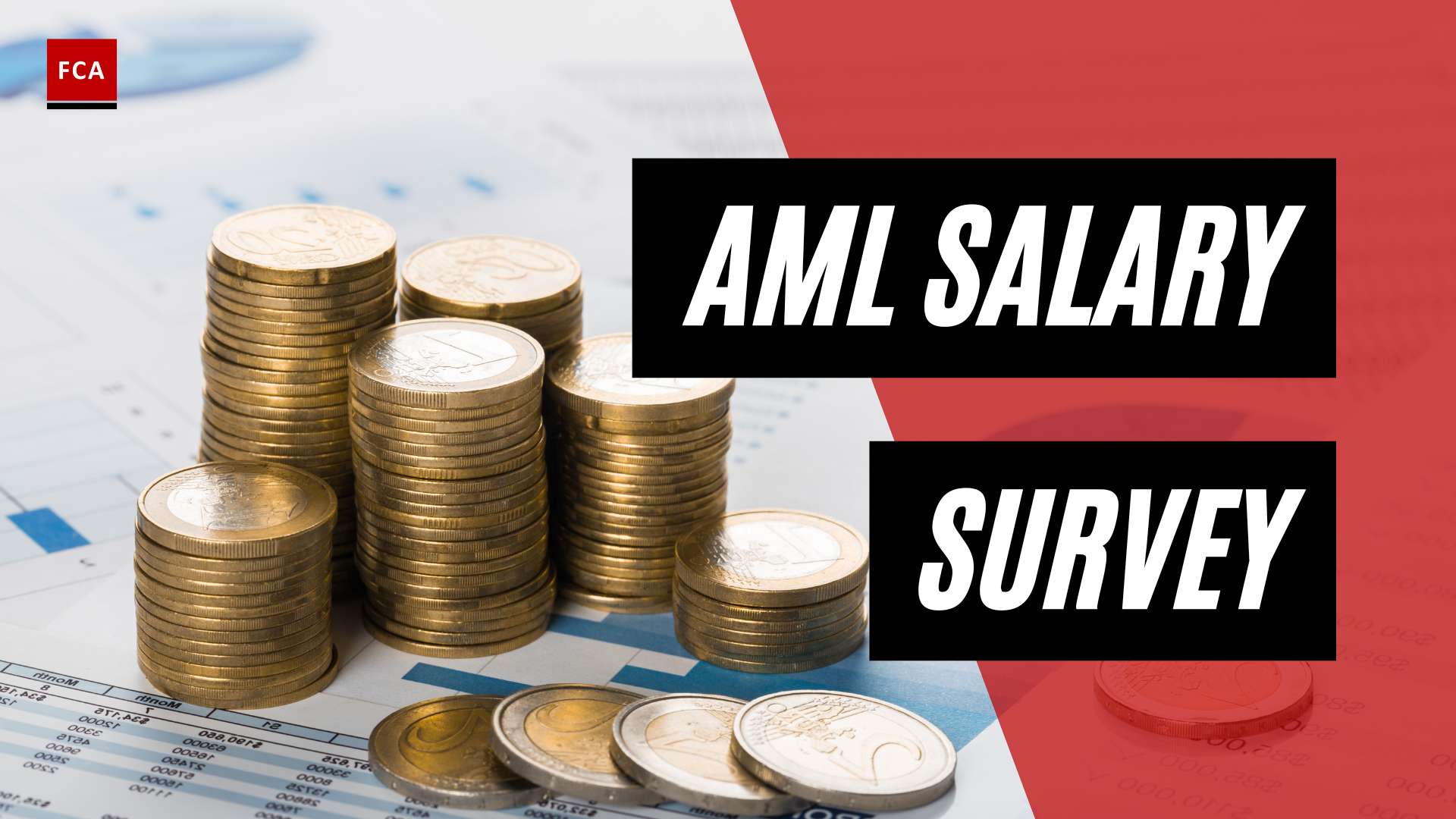Understanding Informal Value Transfer Systems
Informal Value Transfer Systems (IVTS), also known as alternative remittance systems, play a significant role in facilitating the movement of funds across borders. These systems, including the well-known Hawala system, operate outside the traditional banking sector. Understanding IVTS is crucial in combating money laundering and illicit financial activities.
Overview of Informal Value Transfer Systems
Informal Value Transfer Systems refer to a wide range of practices that enable the transfer of value without the involvement of formal financial institutions. These systems have been used for centuries to facilitate remittances and money transfers within communities, particularly in regions where formal banking services may be limited or inaccessible.
IVTS operate based on trust and personal relationships. They rely on a network of agents or brokers who act as intermediaries in facilitating transfers between individuals or businesses. The Hawala system is one of the most prominent IVTS, but other systems, such as the Fei Ch’ien in China or the Hundi system in South Asia, also exist.
Importance of Monitoring Informal Value Transfers
Monitoring and understanding IVTS is crucial in the fight against money laundering and other illicit activities. While these systems serve legitimate purposes, they can also be exploited by criminals to launder money, finance terrorism, or engage in other illicit financial activities. The characteristics of IVTS, such as the use of intermediaries and minimal documentation, make them attractive to those seeking to move funds anonymously or avoid detection.
By monitoring IVTS, authorities can identify potential risks and suspicious transactions, enabling them to take appropriate action to combat money laundering and related crimes. Financial institutions, regulatory bodies, and law enforcement agencies must work together to develop effective mechanisms for detecting and mitigating the risks associated with IVTS.
To effectively combat money laundering through IVTS, it is essential to enhance regulatory frameworks, establish international cooperation, and promote information sharing between relevant stakeholders. By addressing the vulnerabilities and challenges posed by IVTS, authorities can strengthen the integrity of the financial system and protect against illicit financial activities.
Understanding the nature and operation of IVTS, including the prominent Hawala system, is a crucial step in developing effective strategies for combating money laundering and related crimes. In the following sections, we will delve deeper into the specifics of the Hawala system, the role of Hawala brokers, and the risks associated with money laundering through this system.
Hawala: An Overview
Hawala, an integral part of informal value transfer systems, is a traditional method of transferring funds and value across borders. This section provides a comprehensive overview of hawala, including its definition, origins, and how it operates.
Definition and Origins of Hawala
Hawala, derived from the Arabic word meaning “transfer” or “remittance,” is an age-old system of money transfer that dates back several centuries. It originated in the Middle East and has since spread to various regions around the world.
At its core, hawala is based on a trust-based network of hawala brokers who facilitate the transfer of funds without physically moving money across borders. Instead, these brokers rely on their extensive networks and personal relationships to settle transactions through a system of credit and debt. This allows for the movement of funds with minimal or no paper trail, making it challenging to trace these transactions.
How Hawala Works
Hawala transactions typically involve three main parties: the sender (known as the “hawaladar”), the recipient, and the hawala broker(s) who act as intermediaries. Here’s a simplified overview of how a hawala transaction works:
- The sender approaches a hawala broker and provides the money they wish to transfer along with any relevant details regarding the recipient.
- The hawala broker records the details of the transaction and issues a unique code or reference number to the sender.
- The broker then contacts another hawala broker, either directly or through their network, who is located in the recipient’s area.
- The recipient, armed with the unique code or reference number, approaches the local hawala broker and provides the necessary identification.
- The local hawala broker verifies the recipient’s identity and pays out the funds from their own pool of local currency or assets.
- The local hawala broker then contacts the initiating hawala broker to settle the transaction, either through a reciprocal exchange of funds, offsetting future transactions, or through other pre-existing arrangements within their network.
The use of hawala provides several advantages, such as quick and efficient cross-border transfers, lower transaction costs compared to traditional banking channels, and access to financial services for individuals who may not have formal banking relationships. However, the lack of transparency and regulatory oversight surrounding hawala transactions also presents opportunities for abuse, including hawala money laundering and the financing of illicit activities.
Understanding the intricacies of hawala and its role in facilitating money transfers is essential for regulatory bodies, financial institutions, and professionals involved in combating money laundering and other financial crimes. In the following sections, we will explore the characteristics of hawala brokers, the associated money laundering risks, regulatory measures for combating hawala, and relevant case studies.
Characteristics of Hawala Brokers
Hawala brokers play a central role in facilitating the operation of the hawala system and other informal value transfer systems. These individuals act as intermediaries, connecting individuals who wish to transfer money across borders without involving traditional banking channels. Understanding the characteristics of hawala brokers is crucial in combating the risks associated with these alternative remittance systems.
Role of Hawala Brokers
Hawala brokers serve as the linchpin of the hawala network, connecting the sender and recipient of funds. Their primary role is to facilitate the transfer of funds while maintaining the privacy and anonymity of the parties involved. They act as trusted agents within their community, utilizing their networks and relationships to move money swiftly and securely.
Hawala brokers provide several essential services:
- Receiving Funds: The hawala broker receives funds from the sender and issues a corresponding code or password to the recipient.
- Notifying the Recipient: The broker contacts the recipient to inform them about the availability of funds and provides the necessary details to claim the money.
- Settlement: The broker settles the transaction by balancing the incoming and outgoing funds within the hawala network.
Traits of Effective Hawala Brokers
Effective hawala brokers possess certain traits that enable them to carry out their role efficiently and maintain the trust of their clients. These traits include:
- Integrity: Hawala brokers are known for their ethical conduct and trustworthiness. Their reputation for honesty and reliability is crucial in gaining the confidence of clients within their community.
- Network and Connections: Brokers have extensive networks and connections within their community, allowing them to swiftly and securely transfer funds. These relationships enable them to find reliable counterparts in different regions and facilitate cross-border transactions.
- Expertise and Knowledge: Hawala brokers possess a deep understanding of the hawala system, including its practices, protocols, and legal implications. Their expertise helps ensure the smooth operation of transactions and compliance with regulatory requirements.
- Anonymity and Discretion: Hawala brokers are skilled at maintaining the privacy and anonymity of their clients. They operate discreetly to ensure the confidentiality of transactions and protect the identities of those involved.
- Risk Management: Effective hawala brokers are adept at assessing and managing the risks associated with their operations. They employ various risk mitigation strategies to safeguard against fraud, money laundering, and other illicit activities.
Understanding the role and traits of hawala brokers is essential in combating the money laundering risks associated with hawala and other informal value transfer systems. By recognizing the characteristics of these intermediaries, regulators and law enforcement agencies can develop targeted measures to disrupt illicit financial flows and enhance the integrity of the global financial system.
Money Laundering Risks Associated with Hawala
Hawala, as an informal value transfer system, poses significant risks in terms of money laundering. Understanding these risks is crucial for professionals working in compliance, risk management, anti-money laundering, and anti-financial crime.
Hawala and Money Laundering
Hawala, also known as the “hawala system” or “hawala networks,” has been used as an alternative remittance system for centuries. Its origins can be traced back to ancient times and it has been employed in various regions around the world (hawala networks).
One of the main concerns regarding hawala is its potential for facilitating money laundering activities. The nature of hawala transactions, which rely on trust and a network of hawala brokers, can make it difficult to trace and monitor the movement of funds. As a result, illicit funds can be transferred relatively easily, bypassing traditional banking systems and formal regulatory frameworks.
Hawala money laundering involves the integration of illicit funds into the legitimate financial system. Criminals may exploit hawala networks to disguise the origins of their illicit proceeds, making them appear as legitimate funds. By leveraging the anonymity and secrecy inherent in hawala transactions, money launderers can obscure the true source of the funds and make it challenging to detect and investigate these activities.
Challenges in Detecting Hawala Transactions
Detecting hawala transactions and identifying potential money laundering activities can be a complex task due to several challenges associated with this informal value transfer system.
-
Lack of Documentation: Unlike traditional banking transactions, hawala transactions often lack proper documentation or leave minimal paper trail. This absence of formal records makes it difficult for authorities to track and investigate suspicious transactions.
-
Cross-Border Transactions: Hawala networks operate globally, facilitating cross-border transfers. This can complicate efforts to detect and monitor these transactions, especially when different jurisdictions are involved. Coordination and information sharing between authorities become crucial in combating hawala-related money laundering.
-
Trust-Based System: Hawala transactions rely heavily on trust and personal relationships between hawala brokers and their clients. This trust-based system makes it challenging for law enforcement agencies to infiltrate these networks and gather evidence.
-
Cryptocurrency and Technological Advancements: The emergence of cryptocurrencies and other technological advancements has added complexity to the detection of hawala transactions. Criminals may leverage these innovative tools to further obfuscate the movement of funds and launder illicit proceeds.
To effectively combat hawala-related money laundering, regulatory bodies and law enforcement agencies must stay vigilant and adapt to evolving methods used by criminals. Enhanced international collaboration, information sharing, and regulatory frameworks targeting hawala and other alternative remittance systems are crucial in mitigating the risks associated with hawala transactions.
In the next section, we will explore the regulatory measures and international efforts aimed at combating hawala and its misuse for money laundering purposes.
Regulatory Measures for Combating Hawala
To counter the risks associated with hawala and other informal value transfer systems, regulatory measures have been implemented on both national and international levels. These efforts aim to enhance transparency, strengthen regulatory frameworks, and combat money laundering and illicit financial activities. In this section, we will explore international efforts to combat hawala and the regulatory frameworks in place.
International Efforts to Combat Hawala
Recognizing the global nature of hawala networks, international organizations have taken steps to address the risks associated with these informal value transfer systems. The Financial Action Task Force (FATF), an intergovernmental body responsible for setting global standards to combat money laundering and terrorist financing, has played a significant role in this regard. The FATF has issued recommendations and guidance to member countries on how to effectively regulate and supervise hawala transactions.
Through its recommendations, the FATF encourages countries to establish comprehensive anti-money laundering and counter-financing of terrorism (AML/CFT) regimes that encompass hawala transactions. This includes measures such as customer due diligence, record-keeping requirements, reporting of suspicious transactions, and the licensing and supervision of hawala brokers.
Additionally, the Egmont Group of Financial Intelligence Units, an international network of financial intelligence units, promotes the exchange of information and cooperation among its members to combat money laundering and terrorist financing. This collaboration facilitates the sharing of intelligence and helps identify suspicious transactions involving hawala networks.
Regulatory Frameworks for Hawala
Countries around the world have developed regulatory frameworks to address the risks associated with hawala and other informal value transfer systems. These frameworks typically focus on licensing and supervising hawala brokers, establishing reporting mechanisms for suspicious transactions, and promoting compliance with AML/CFT requirements.
Regulatory authorities require hawala brokers to obtain licenses, subjecting them to regulatory oversight. Licensing requirements vary across jurisdictions but often include criteria such as background checks, financial soundness, and ongoing monitoring of transactions. By registering hawala brokers, authorities can better monitor their activities and identify potential instances of money laundering or illicit financing.
In addition to licensing, regulatory frameworks establish reporting mechanisms for suspicious transactions. Hawala brokers are typically required to report transactions that meet certain criteria, such as large or unusual transfers, to the relevant authorities. These reporting requirements enhance the ability of authorities to detect and investigate potential instances of money laundering or terrorist financing.
It is important to note that regulatory measures alone may not completely eliminate the risks associated with hawala and other informal value transfer systems. The dynamic nature of these systems requires ongoing vigilance, cooperation, and information sharing among regulatory authorities, financial institutions, and law enforcement agencies.
By implementing international recommendations and developing robust regulatory frameworks, countries can strengthen their ability to combat the risks associated with hawala and other informal value transfer systems. Collaboration and information sharing among international and domestic stakeholders are essential in effectively addressing the challenges posed by these alternative remittance systems.
Case Studies: Hawala and Money Laundering
Examining real-life cases involving hawala and money laundering provides valuable insights into the risks and implications associated with these illicit activities. Understanding these cases can help inform regulatory efforts and develop effective strategies for combating hawala and other informal value transfer systems.
Notable Cases Involving Hawala
-
Operation Green Quest (United States, 2002): Operation Green Quest was an initiative by the U.S. government to dismantle terrorist financing networks. As part of the operation, authorities uncovered several hawala networks used to transfer funds for illicit purposes. The investigation led to the conviction of individuals involved in money laundering and providing support to terrorist organizations.
-
Operation Spider Web (Europe, 2016): Operation Spider Web was a collaborative effort among European law enforcement agencies to target hawala networks involved in money laundering and financing of organized crime. The operation resulted in the arrest of numerous individuals and the seizure of significant amounts of illicit funds.
-
Operation Iron Triangle (Australia, 2018): Operation Iron Triangle focused on dismantling a sophisticated hawala network used for money laundering and illegal remittance activities. The operation revealed the extent of the hawala system’s involvement in facilitating illegal financial transactions, leading to multiple arrests and the identification of key individuals involved in the network.
Implications and Lessons Learned
These cases highlight several important implications and lessons regarding hawala and money laundering:
- Hawala networks are often utilized by criminal organizations and terrorist groups due to the system’s ability to facilitate anonymous and rapid cross-border transactions.
- The decentralized nature of hawala networks makes them difficult to detect and monitor, as transactions are primarily based on trust and personal relationships.
- Collaboration among law enforcement agencies, both domestically and internationally, is crucial for effectively investigating and dismantling hawala networks involved in money laundering.
- Strengthening regulatory frameworks and implementing robust anti-money laundering measures are essential for countering the risks associated with hawala and other informal value transfer systems.
These case studies underscore the need for continued vigilance and cooperation in combating hawala and its potential role in facilitating money laundering activities. By studying these cases and applying the lessons learned, authorities can enhance their efforts to disrupt illicit financial flows and protect the integrity of the global financial system.
Combating Hawala and Informal Value Transfer Systems
To effectively combat hawala and other informal value transfer systems, it is essential to implement strategies that target the underlying mechanisms and vulnerabilities of these systems. By adopting proactive measures and promoting collaboration and information sharing, authorities can make significant progress in countering money laundering and illicit financial activities.
Effective Strategies for Combating Hawala
-
Enhanced Regulatory Frameworks: Strengthening regulatory frameworks and implementing comprehensive laws and regulations specific to hawala and other informal value transfer systems is crucial. These frameworks should focus on licensing and monitoring hawala brokers, establishing reporting requirements, and imposing penalties for non-compliance.
-
Increased Monitoring and Surveillance: Utilizing advanced technologies and analytical tools to monitor and detect suspicious patterns and transactions can aid in identifying potential instances of money laundering facilitated through hawala networks. By deploying robust surveillance systems, authorities can gather intelligence and evidence to support investigations and prosecutions.
-
International Cooperation: Collaboration among law enforcement agencies, financial institutions, and regulators across borders is vital for combating hawala. Developing and strengthening international partnerships can facilitate the exchange of information, intelligence, and best practices, enabling a coordinated response to money laundering risks associated with hawala and other informal value transfer systems.
-
Training and Awareness: Providing training and raising awareness among financial institutions, compliance professionals, and law enforcement officers about hawala and its associated risks is essential. This training should focus on recognizing the red flags of hawala transactions, understanding the modus operandi of hawala networks, and enhancing investigative techniques to detect and disrupt money laundering activities.
Collaboration and Information Sharing
Collaboration and information sharing play a pivotal role in combating hawala and other informal value transfer systems. Key stakeholders, including financial institutions, regulatory bodies, law enforcement agencies, and intelligence units, should actively engage in sharing information and intelligence related to hawala networks, suspicious transactions, and identified risks.
The establishment of financial intelligence units (FIUs) can serve as a centralized hub for collecting, analyzing, and disseminating information. FIUs can act as intermediaries, facilitating the exchange of intelligence among various stakeholders and supporting the investigation and prosecution of money laundering cases involving hawala.
Furthermore, fostering partnerships between public and private sectors is crucial. Financial institutions should collaborate with authorities by reporting suspicious activities and providing relevant transactional data. This cooperation can help in identifying and disrupting hawala networks and their associated money laundering activities.
By adopting effective strategies and promoting collaboration and information sharing, authorities can mitigate the risks posed by hawala and other informal value transfer systems. These efforts contribute to a robust anti-money laundering framework that safeguards the integrity of the financial system and combats illicit financial activities effectively.








